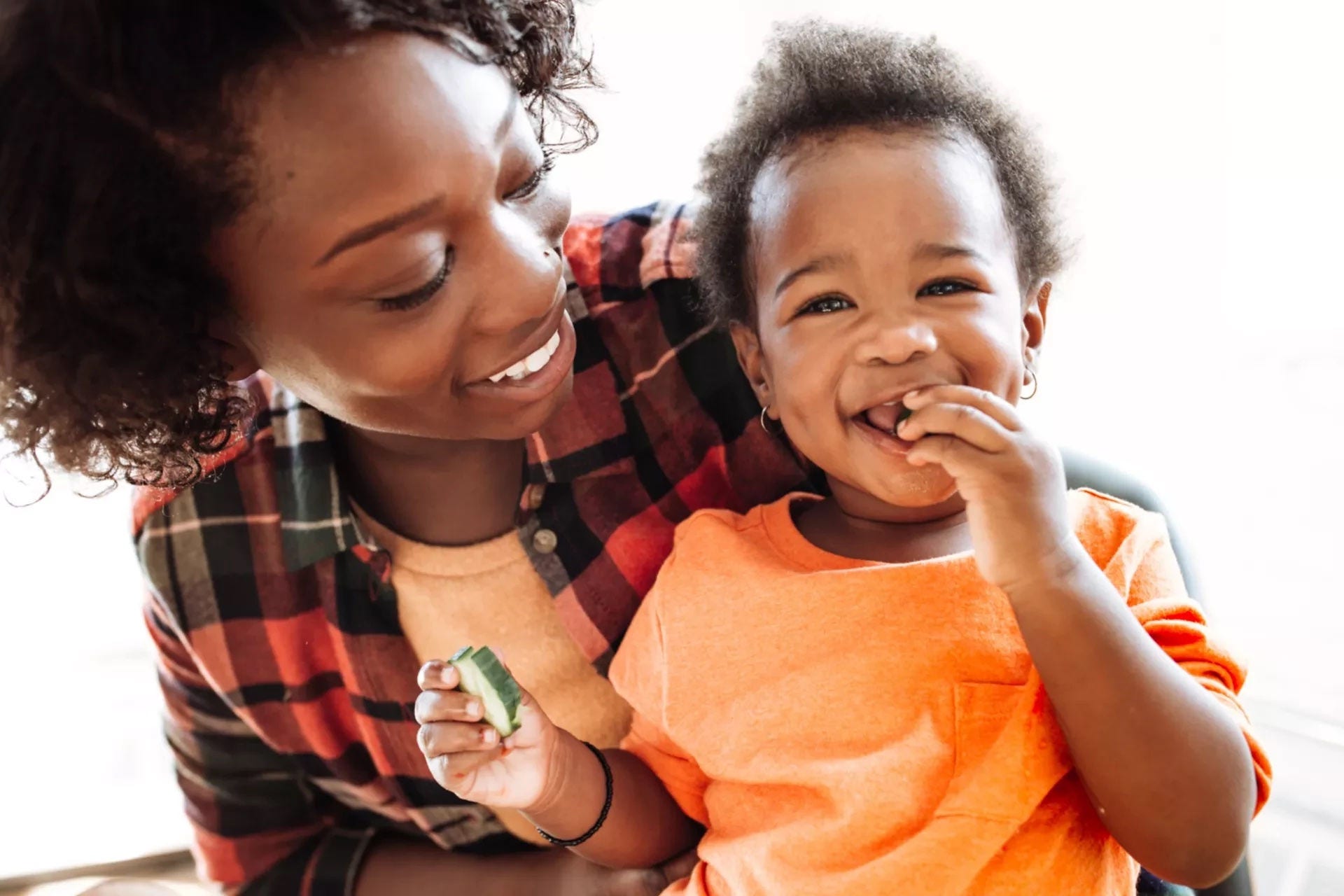Parenting is the ultimate plate-spinning exercise. You won’t be the first, and you certainly won’t be the last, to prepare a formula feed only to be distracted by a leaking nappy or an unexpected knock at the door. Or it might just be that your baby isn’t in the mood to drink the whole bottle of milk that you’ve just prepared.
On that basis, you might be wondering whether you can reheat your baby’s bottle of formula milk when they’re ready to feed again. The answer is no. The bottle is no longer sterile if your baby starts a feed but doesn't finish it. Bacteria can multiply very quickly at room temperature, so the safest option to avoid the risk of infection is to discard it and make up a fresh bottle2.
If your baby hasn't yet started drinking from the bottle of formula milk, it will be safe to use for up to 2 hours after you've prepared it. If it's been longer than 2 hours, it's safest to discard and make up a fresh bottle to avoid the risk of infection. You can reheat it within this window by standing the bottle in boiled water.
It may be that your baby enjoys their milk at room temperature, whilst others prefer it warm. You’ll soon know your baby’s preferences when it comes to feeding.
You should never reheat your baby’s bottle in a microwave. It can result in the milk heating unevenly, which can cause harmful burning.








?ts=1758612528628&$80Quality$&dpr=off)

?ts=1758612540041&$80Quality$&dpr=off)






?ts=1755779130240&dpr=off)


